Rings of the Renaissance
Portrait of a Lady Depicting Jewelry and High Collar, Ear Obscuring Fashion.
1582, Germany.
© Victoria & Albert Museum Collection.
The Renaissance was the era of the goldsmith. In contrast to the relative simplicity of the Middle Ages, gold work during the Renaissance reached new levels of craftsmanship and design. As the art of sculpture and painting reached new heights of mastery, the jeweler’s bench was considered the best training ground to achieve the depth of detail and precision that characterized the eras most accomplished artists. Indeed acclaimed artists such as the painter and sculptor Donatello, the painter Botticelli and the sculptor and goldsmith Benvenuto Cellini all trained as goldsmiths. This virtuosity was apparent in all types of jewelry but most particularly the ring. Influenced by the interest in sculpture and painting, rings were often decorated in arabesque motifs with sculptured shoulders of figural and floral designs and extravagantly enameled in increasingly sophisticated techniques including en ronde bosse.
Bezels, were of symmetrical quatrefoil or even multifoil floral design and often chased and enameled. Along with the more elaborate settings, another innovation was the hinged ring containing compartments for scented materials or even reliquaries. Perfume rings were a particularly useful design in counteracting the daily olfactory assaults of this period ( in another version they could also be used to conceal poison such as the rings that the infamous Borgias reportedly used to such ill effect.) Colored stones remained popular with all who could afford them and the most desired stones were ruby, sapphire, and emerald. Rings as in Medieval times were worn on every finger and on multiple joints. The high fashion of the late Renaissance included elaborate neck ruffs, large padded sleeves, and cuffs that limited the forms of jewelry that could be worn. Rings, on the other hand, were unencumbered by these fashions and could be freely enjoyed.
The more decorative Renaissance signet rings featured portrait intaglios of contemporary European rulers such as Henry VIII of England. Roman emperors and other classical subjects were even more popular themes and gems, either newly carved by masterful artists or preserved from antiquity, were greatly prized and set in highly sculpted and enameled settings. Heraldic signet rings of a more practical working nature tended to be set in simpler, more functional settings that were much treasured as heirlooms representing family lineage and bloodlines.
The bloodstone was deemed a particularly appropriate gemstone for this purpose. Signet rings featuring the marks of guilds or merchants were appropriately plain and serviceable for heavy use. Initial rings were also popular and were more elaborately designed with the initials linked by knots or forget me not flowers. In some cases, they were given as marriage rings with the betrothed’s initials entwined together.
Love and friendship rings retained many of the same themes and forms as from the Middle Ages albeit in more elaborately worked settings. Cupid with his bow and arrow and hearts are two of the familiar motifs used. More unusual was that of a stag eating dittany, a herb that was believed to cure wounds, including those caused by love’s arrow. Diana Scarisbrick also writes of the loyal and faithful dog, adopted as a symbol of fidelity between lovers. The posy ring now had its inscriptions, which were increasingly in roman capitals, hidden inside the band and was used as both a token of love and as a wedding band.
Gimmel rings, frequently decorated with a fede motif, had inscriptions both without and within the bands and more elaborate examples had three or more hoops which could accommodate longer inscriptions and more intricate designs. The more valuable gimmel rings featured gemstones either in contrasting or uniform color blocks and in rarer cases, memento mori figures were secreted within compartments beneath the stones.
Reminders of impending mortality have long been a theme in jewelry, most particularly in rings. In the ancient world, such symbols as skeletons, skulls and most poetically, figures of cupid holding a symbolic torch of life upside down were commonly used. Aphorisms relating to the transient nature of life and its fleeting pleasures usually accompanied the imagery. The Middle Ages infused memento mori themes with an emphasis on living a just and moral life in anticipation of divine judgment. The Renaissance continued in this tradition and rings were decorated with coffins, skeletons, hourglasses and most frequently, skulls. During the Renaissance memento mori themes were also used in signet rings, some with bezels that rotated from intaglios to a death’s head, and wedding rings with both fede and memento mori motifs have been found. Diana Scarisbrick describes one particularly imposing 16th century ring:
The most elaborate surviving example has a locket bezel in the form of a book, the cover centered on a skull midst toads and snakes, recalling the biblical quotation ‘For when a man is dead he shall inherit creeping things, beasts and worms’. Inside appropriate quotations from the Bible are inscribed on the back of the lid, above a sleeping child, an hourglass and a skull 7


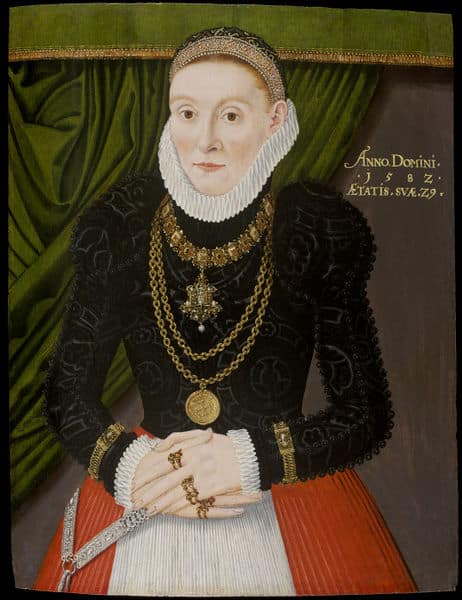
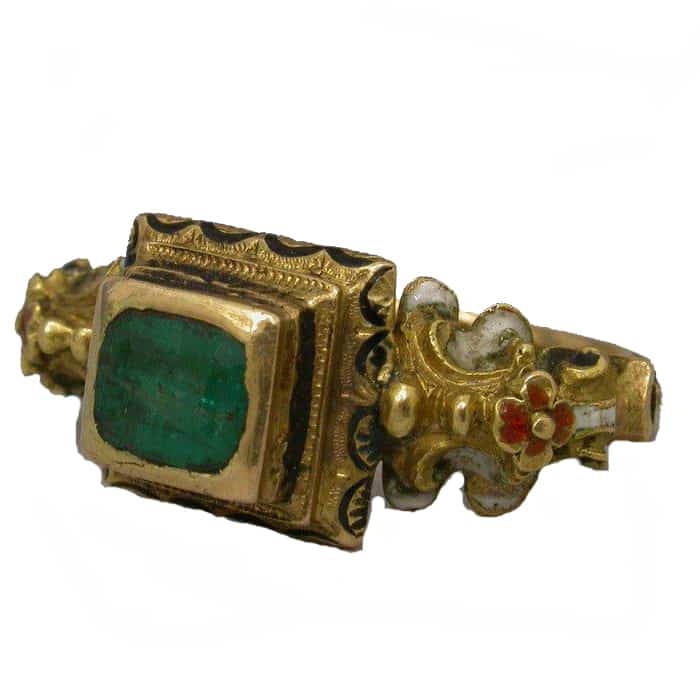
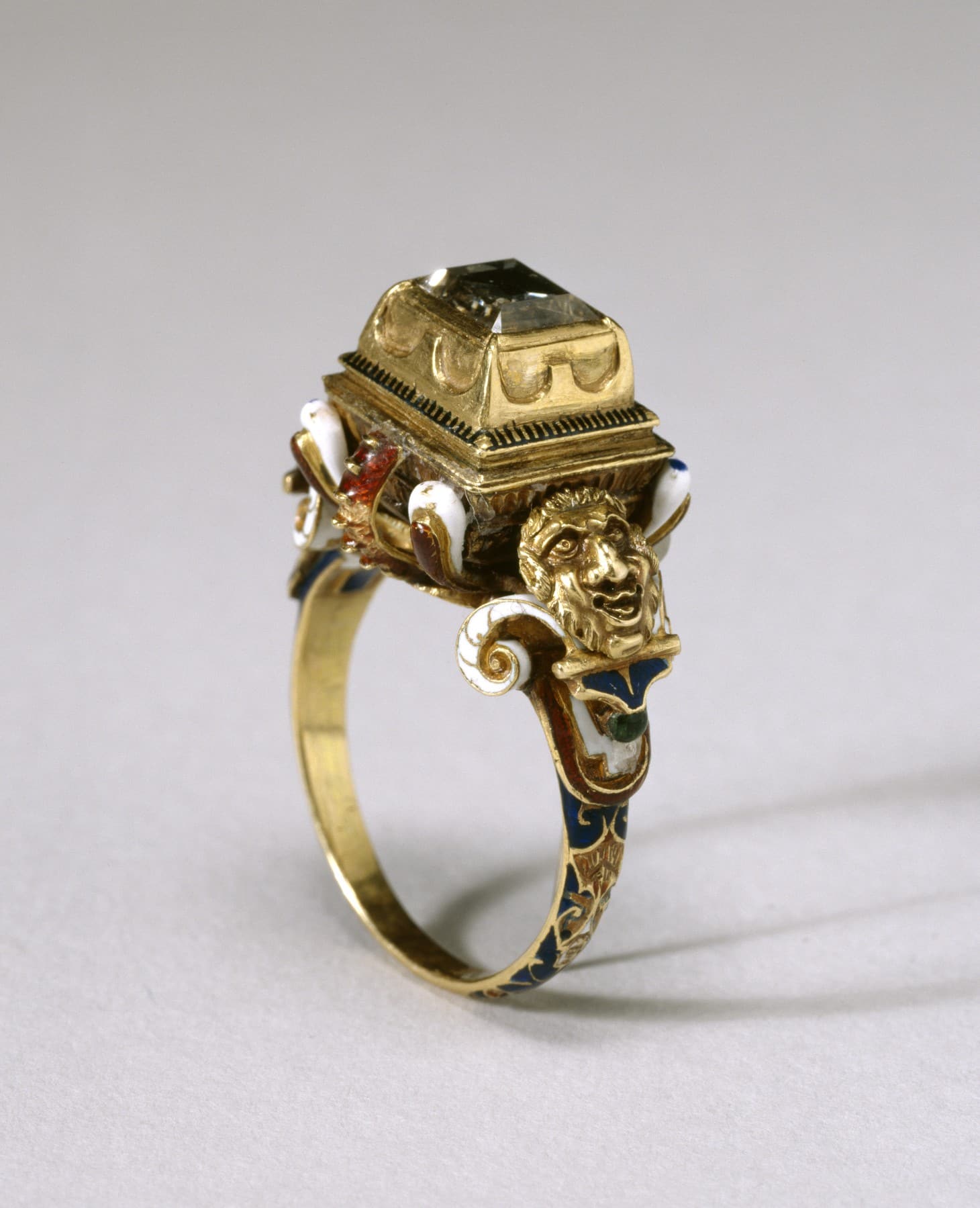
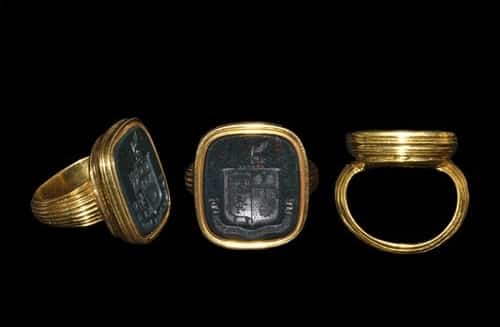
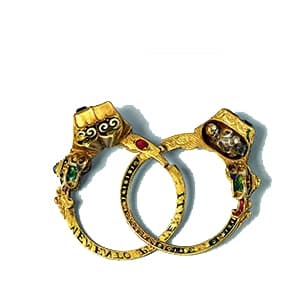
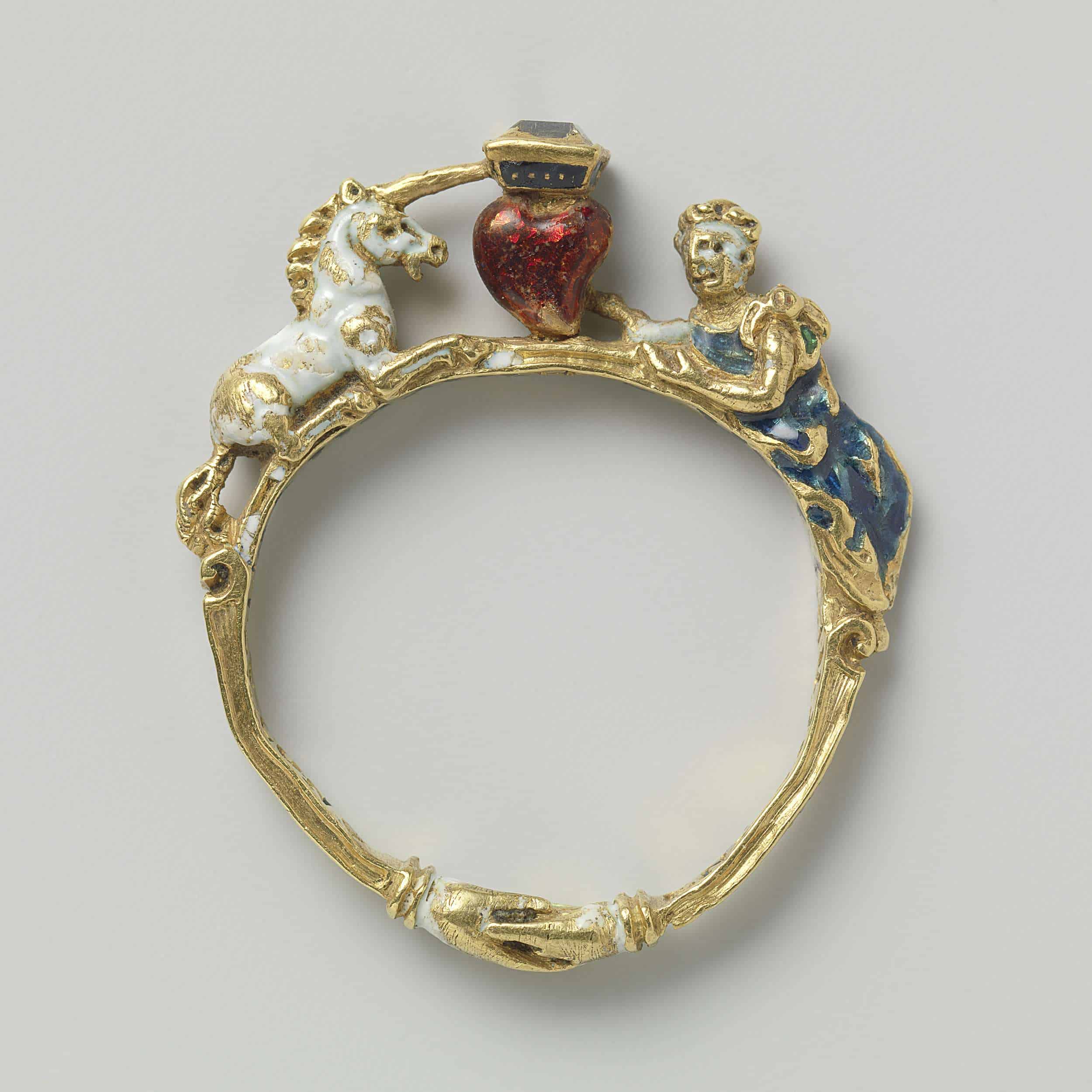
https://baccarats888.com/
Hey There. I discovered your blog the use of msn. That is a very neatly written article. I will make sure to bookmark it and return to learn extra of your helpful information. Thanks for the post. I’ll certainly return.
https://baccarats888.com/
Keep on writing, great job!
https://baccarats888.com/
I just could not depart your site before suggesting that I actually loved the usual information a person provide to your guests? Is gonna be back often in order to investigate cross-check new posts
https://baccarats888.com/
I could not refrain from commenting. Very well written!
https://baccarats888.com/
I’m truly enjoying the design and layout of your site. It’s a very easy on the eyes which makes it much more pleasant for me to come here and visit more often. Did you hire out a designer to create your theme? Superb work!
https://baccarats888.com/
My family members all the time say that I am killing my time here at net, but I know I am getting knowledge everyday by reading thes pleasant posts.
https://baccarats888.com/
Usually I don’t read post on blogs, however I would like to say that this write-up very forced me to check out and do it! Your writing style has been amazed me. Thanks, very nice post.
https://baccarats888.com/
Can you tell us more about this? I’d want to find out some additional information.
https://baccarats888.com/
This info is invaluable. How can I find out more?
https://baccarats888.com/
fantastic issues altogether, you simply received a logo new reader. What would you suggest about your put up that you just made a few days in the past? Any positive?
https://baccarats888.com
Hurrah, that’s what I was searching for, what a material! present here at this website, thanks admin of this web site.
https://baccarats888.com/
Thank you, I have recently been looking for info about this topic for a long time and yours is the best I’ve found out till now. But, what in regards to the conclusion? Are you certain about the source?
https://baccarats888.com/
I absolutely love your site.. Pleasant colors & theme. Did you create this website yourself? Please reply back as I’m looking to create my very own website and would like to learn where you got this from or just what the theme is called. Thanks!